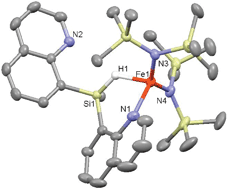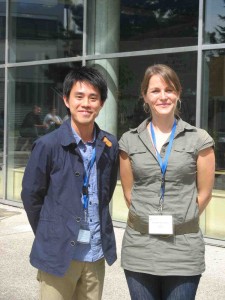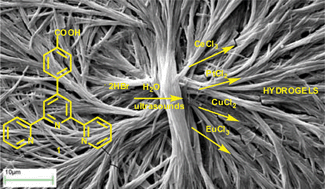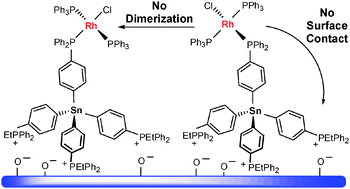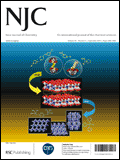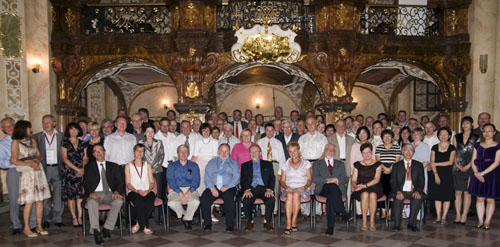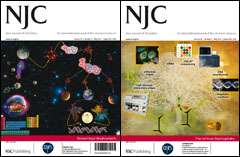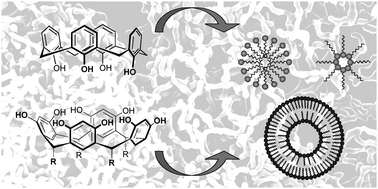This month sees the following articles in New Journal of Chemistry that are in the top ten most accessed:-
Radical synthesis of trialkyl, triaryl, trisilyl and tristannyl phosphines from P4
Brandi M. Cossairt and Christopher C. Cummins
New J. Chem., 2010, 34, 1533 – 1536, DOI: 10.1039/c0nj00124d
MOFs, MILs and more: concepts, properties and applications for porous coordination networks (PCNs)
Christoph Janiak and Jana K. Vieth
New J. Chem., 2010, DOI: 10.1039/c0nj00275e, Perspective
A colorimetric and fluorescent chemosensor for copper ions in aqueous media and its application in living cells
Huan-Huan Wang, Lin Xue, Zhang-Jian Fang, Guo-Ping Li and Hua Jiang
New J. Chem., 2010, 34, 1239 – 1242, DOI: 10.1039/c0nj00168f, Letter
A two-fold interpenetrated (3,6)-connected metal-organic framework with rutile topology showing a large solvent cavity
Xiaokai Song, Yang Zou, Xinfang Liu, Minhak Oh and Myoung Soo Lah
New J. Chem., 2010, DOI: 10.1039/c0nj00272k, Letter
A multi-walled carbon nanotube/poly(urea-formaldehyde) composite prepared by in situ polycondensation for enhanced electrochemical sensing
Bangguo Wei, Luyan Zhang and Gang Chen
New J. Chem., 2010, 34, 453 – 457, DOI: 10.1039/b9nj00670b
A bipolar host containing 1,2,3-triazole for realizing highly efficient phosphorescent organic light-emitting diodes
Myoung Ki Kim, Jongchul Kwon, Tae-Hyuk Kwon and Jong-In Hong
New J. Chem., 2010, 34, 1317 – 1322, DOI: 10.1039/c0nj00091d
Phosphole-based p-conjugated electroluminescent materials for OLEDs
Damien Joly, Denis Tondelier, Valerie Deborde, Bernard Geffroy, Muriel Hissler and Regis Reau
New J. Chem., 2010, 34, 1603 – 1611, DOI: 10.1039/c0nj00122h
Supramolecular gels as active media for organic reactions and catalysis
Beatriu Escuder, Francisco Rodríguez-Llansola and Juan F. Miravet
New J. Chem., 2010, 34, 1044 – 1054, DOI: 10.1039/b9nj00764d, Perspective
Biological properties of phosphorus dendrimers
Anne-Marie Caminade, Cédric-Olivier Turrin and Jean-Pierre Majoral
New J. Chem., 2010, 34, 1512 – 1524, DOI: 10.1039/c0nj00116c, Perspective
Fabrication of uniform Ag/TiO2 nanotube array structures with enhanced photoelectrochemical performance
Yuekun Lai, Huifang Zhuang, Kunpeng Xie, Dangguo Gong, Yuxin Tang, Lan Sun, Changjian Lin and Zhong Chen
New J. Chem., 2010, 34, 1335 – 1340, DOI: 10.1039/b9nj00780f
Why not take a look at the articles today and blog your thoughts and comments below.
Fancy submitting an article to New Journal of Chemistry? Then why not submit to us today or alternatively email us your suggestions.











